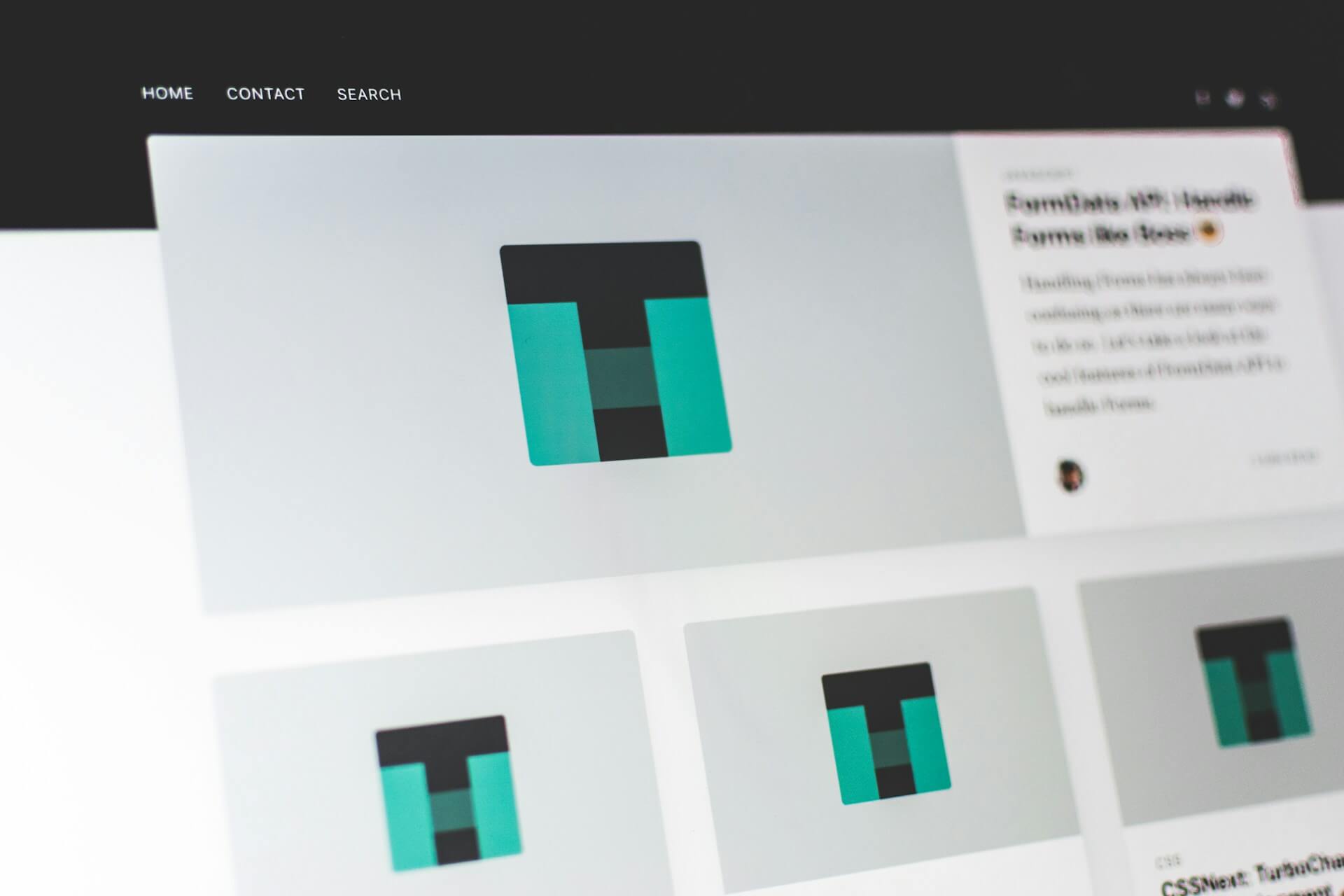
The Future of SaaS in 2025: Emerging Technologies and Key SaaS Trends You Need to Know
Discover the top SaaS trends for 2025, including AI innovations that empower startups and enterprises alike, driving efficiency and transforming industries.
Software as a Service (SaaS) has revolutionized the way businesses operate, offering scalable and cost-effective software solutions. As we approach 2025, the future of SaaS continues to evolve at a rapid pace, driven by emerging technologies, market demands, and the need for seamless, AI-powered services. The SaaS landscape is set for significant advancements in the coming years, reshaping the way SaaS providers develop products, integrate new technologies, and engage with users. In this blog, we'll explore the key SaaS trends, the integration of artificial intelligence (AI), automation, and predictive analytics, and how SaaS companies are poised to stay ahead of the competition.
The State of SaaS in 2024: A Snapshot of the SaaS Industry Today
As of 2024, the SaaS industry has experienced explosive growth. The global SaaS market continues to expand, with companies in both the enterprise and startup sectors relying heavily on SaaS solutions to streamline their workflow, enhance productivity, and reduce overhead costs. SaaS products range from cloud storage solutions to advanced analytics platforms and customer relationship management (CRM) tools.
However, with increasing competition and the ever-changing needs of businesses, SaaS providers must adapt quickly to meet customer expectations. Scalability, real-time performance, and enhanced user experience have become critical factors driving SaaS product development. The industry is now looking forward to 2025, a year that promises even more transformative shifts.
AI and Automation: The Future of SaaS Products
One of the most significant trends in the future of SaaS is the integration of artificial intelligence (AI) and automation. These technologies are already reshaping the SaaS landscape and will continue to advance in 2025. Learn more about this transformation in our detailed guide on How AI is Revolutionizing SaaS: Key Opportunities for Startups in 2025.
AI-Powered SaaS Solutions
AI-powered SaaS products are becoming increasingly popular, offering businesses predictive analytics, improved decision-making, and enhanced automation capabilities. With AI integrated into software solutions, companies can automate routine tasks, improve accuracy, and optimize workflows. For example, in the FinTech industry, AI-powered financial analytics are revolutionizing how businesses handle their finances, while in EdTech, AI drives personalized learning experiences and student engagement.
AI also offers improvements to user experience by personalizing interactions and providing recommendations based on data analysis. SaaS providers who invest in AI development will have a significant edge in the SaaS market, as businesses increasingly demand solutions that can automate tasks, reduce errors, and enhance customer interactions.
Automation to Streamline Operations
Automation is another powerful trend that will continue to shape the future of SaaS. As businesses of all sizes seek to optimize their operations, automation tools will play a key role in reducing manual work and boosting productivity. SaaS providers that offer automation features in their products will be at the forefront of this advancement. By automating repetitive tasks, businesses can improve efficiency, reduce costs, and free up valuable resources for more strategic activities.
From managing workflows to automating email marketing campaigns, SaaS companies are investing in robust automation tools that allow businesses to scale without increasing their operational costs. In 2025, we expect to see more advanced automation capabilities, with features that automate even complex tasks such as sales forecasting, inventory management, and customer support.
Predictive Analytics: The Next Frontier for SaaS Development
As SaaS providers continue to evolve their offerings, predictive analytics will be a key feature in future SaaS products. By leveraging AI and machine learning, SaaS companies can create solutions that help businesses make data-driven decisions. This trend is particularly evident in the Manufacturing and Supply Chain industries, where predictive analytics dashboards are transforming operations and decision-making processes. Learn more about how data collaboration drives success in our article on The Role of B2B Partnerships in SaaS Growth.
The Rise of Multi-Cloud and Hybrid Cloud Solutions in SaaS
Another trend that will define the future of SaaS is the shift toward multi-cloud and hybrid-cloud solutions. As businesses demand greater flexibility, SaaS providers are responding by offering cloud solutions that can operate across different cloud environments. Discover more about cloud deployment options in our guide on How to Deploy SaaS on Different Cloud Providers.
Benefits of Multi-Cloud and Hybrid Cloud Environments
Multi-cloud environments allow businesses to distribute their workloads across multiple cloud platforms, ensuring flexibility and redundancy. This is particularly important in regulated industries like Healthcare, where HIPAA-compliant architecture is essential, and FinTech, where secure payment processing is crucial.
Cybersecurity and Data Security: The Future of SaaS in a Risk-Aware World
As data breaches and cyber threats continue to rise, cybersecurity will remain a top priority for SaaS providers in 2025. In a world where data is a company's most valuable asset, ensuring data security will be critical for SaaS providers to maintain customer trust. This is especially crucial in industries like Legal Tech, where client confidentiality is paramount, and Healthcare, where HIPAA compliance is non-negotiable.
The Shift Toward B2B SaaS Solutions
While SaaS products have traditionally been used by both B2B and B2C companies, there has been a noticeable shift toward B2B SaaS solutions. As businesses increasingly demand solutions that integrate seamlessly with their existing workflows and systems, SaaS providers are focusing on developing more customized, enterprise-grade software. Learn more about entering the B2B market in our guide on How to Get Your First 10 Users for Your B2B SaaS Startup.
This trend is particularly evident in specialized industries like HR Tech and Marketing Tech, where sophisticated B2B solutions are transforming how businesses handle their operations and customer relationships.
The Importance of Seamless Integration for SaaS Providers
One of the most significant trends in the SaaS industry is the growing demand for seamless integration. Businesses want SaaS products that integrate smoothly with other tools they use, creating a unified experience. This includes integration with accounting software, CRM systems, marketing platforms, and more.
In 2025, SaaS development will place a heavy emphasis on integration to ensure that products work well with the rest of the tech stack. SaaS companies will need to invest in open APIs and integration tools to provide a seamless experience for users and maximize the value of their software solutions.
Conclusion: The Future of SaaS in 2025 – Shaping the Industry Through Innovation
As we look toward 2025, the future of SaaS is filled with exciting opportunities and challenges. With AI-powered solutions, automation, predictive analytics, and an ever-growing focus on cybersecurity, SaaS providers are poised to reshape the way businesses operate and grow. The SaaS market will continue to evolve, with startups and enterprise customers alike demanding smarter, more scalable, and more secure solutions. To stay ahead in this competitive market, SaaS companies must embrace emerging technologies and ensure that their products meet the ever-changing demands of businesses.
By focusing on seamless integration, scalability, and delivering exceptional user experiences, SaaS providers will be able to shape the future of software development and offer businesses the tools they need to thrive in the digital age.




